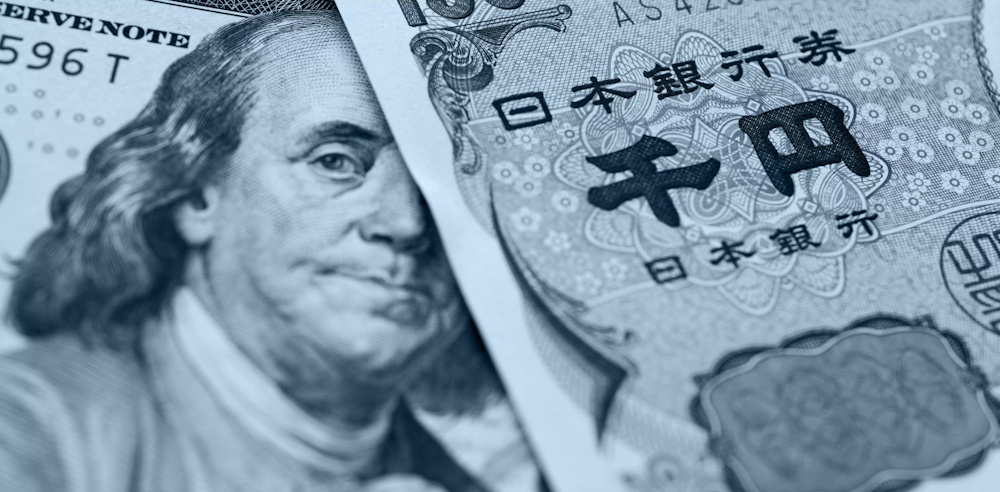The USD/JPY pair commenced the week with strong bullish momentum, trading at approximately ¥152.28, reflecting an increase of nearly 0.75% from Friday’s closing value of ¥151.13. The action reinforces the dollar’s upward trend as market participants analyze a flurry of geopolitical and domestic factors—spanning from Japan’s faltering coalition government to Trump’s unexpected 100% tariff warning on China. The pair momentarily approached the 152.35 resistance zone, a significant inflection point that has limited the previous three rallies, before experiencing a halt due to indications of overextension. The Relative Strength Index continues to hold above 50 on the four-hour frame, indicating a weakening yet intact bullish momentum. Sanae Takaichi, is facing significant challenges in her bid for premiership following the withdrawal of the Komeito Party from the ruling coalition on Friday, which has concluded a 26-year partnership that ensured legislative stability. This abrupt break positions the LDP 37 seats below the threshold for a majority in the Lower House and brings Takaichi’s “Sanaenomics” strategy—her suggested combination of fiscal stimulus and ongoing loose monetary policy—into a realm of uncertainty. Should she fail to secure new parliamentary allies by October 14, Japan faces the potential of a fragile minority government or the likelihood of early elections. Such outcomes typically exert pressure on the JPY; however, they may unexpectedly enhance safe-haven inflows as investors seek to hedge against instability.
Market participants exhibit a divided outlook: should Takaichi gain control and bolster fiscal expansion, the yen may depreciate further towards ¥153.20–¥154.80; conversely, a failure could induce volatility as confidence in Japanese governance diminishes. Observers in Tokyo indicate that investor positioning continues to favor USD/JPY longs, suggesting that any political missteps might lead to a chaotic unwind towards ¥150.30, where technical buyers are poised. The other significant factor driving the rally of USD/JPY is the changing U.S.–China trade narrative. President Donald Trump’s announcement of 100% tariffs on Chinese goods, set to take effect on November 1, initially caused a wave of panic on Friday. However, markets swiftly recalibrated over the weekend as officials suggested a potential for flexibility. The trend, referred to by traders as the “TACO trade” (Trump Always Chickens Out), has resulted in a rapid recovery in equities and an appreciation of the dollar as risk appetite improves. Beijing’s measured reaction—labeling Washington as hypocritical without engaging in direct counteractions—indicates a strategic delay ahead of next month’s APEC summit, where a meeting between Trump and Xi Jinping is anticipated.
The prevailing conditions support the dollar in comparison to the yen. In the past, tariff announcements that initially seem severe but are subsequently softened tend to increase USD/JPY by 0.6–0.9% in the sessions that follow. The existing configuration aligns seamlessly with that profile: market participants are factoring in a further shift towards ¥153.20, particularly as safe-haven inflows diminish from the yen. The ongoing U.S. government shutdown, which has extended for several weeks, has resulted in a lack of essential data like CPI and payroll figures, thereby putting the Federal Reserve in a position of uncertainty. Rate futures suggest approximately 60% probability of two 25-basis-point reductions by the end of the year; however, the absence of official announcements complicates that perspective. Fed Chair Jerome Powell and Governors Waller and Miran are scheduled to speak this week, and their remarks are expected to induce volatility in USD/JPY, particularly as both Powell and Miran are considered leading candidates for the Fed chair position in 2026.
In the absence of data, the Federal Reserve’s narrative is influenced by market expectations rather than concrete evidence, resulting in the U.S. Dollar Index remaining high at approximately 99.8, while yields on the 10-year Treasury are stable around 4.32%. The current stance of the Fed suggests that the most favorable trajectory for USD/JPY continues to be upward. With Japanese yields declining, the interest rate differential with the U.S.—remaining close to 425 basis points—persists in drawing carry trades into USD/JPY. The ongoing structural imbalance ensures that declines remain limited: every retreat towards ¥151.00–¥150.30 is met with strong buying from algorithmic funds and macro desks in pursuit of yield. The 50-day moving average is currently positioned at ¥150.70, serving as a key support level, whereas the 200-day moving average, located at ¥148.20, marks the boundary of the bullish trend.

